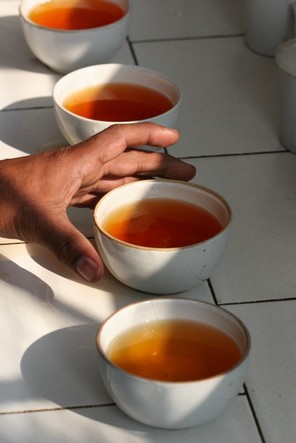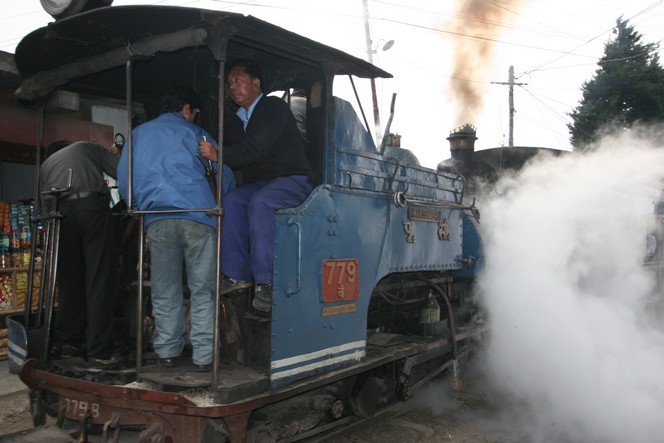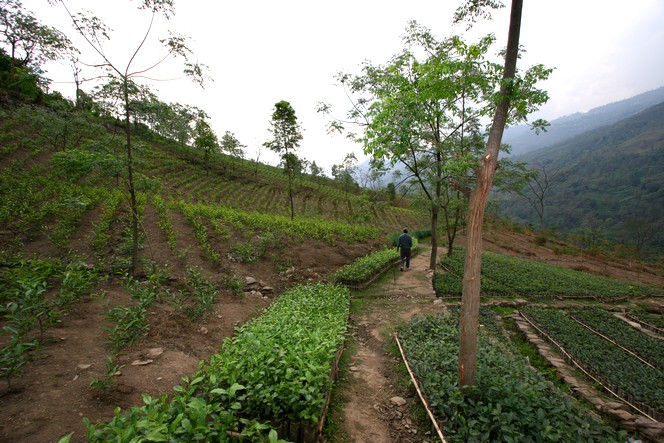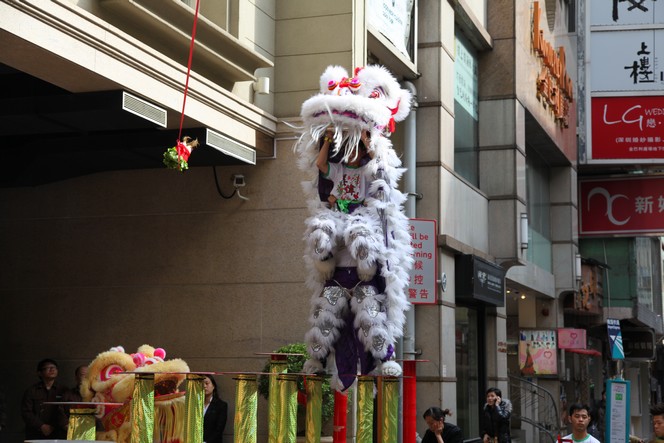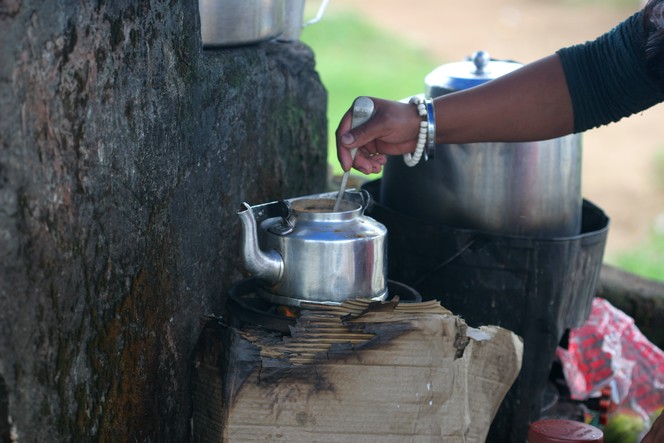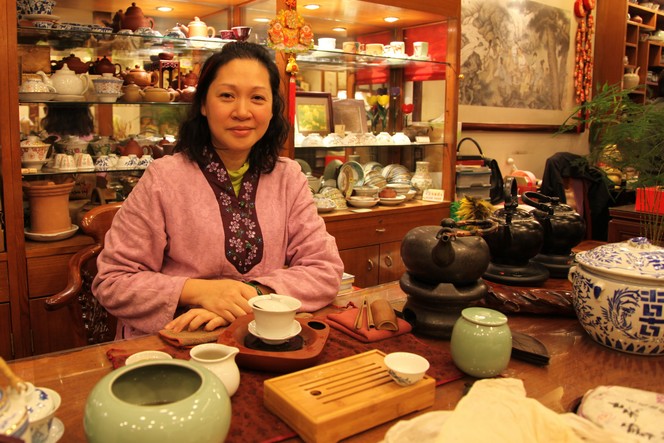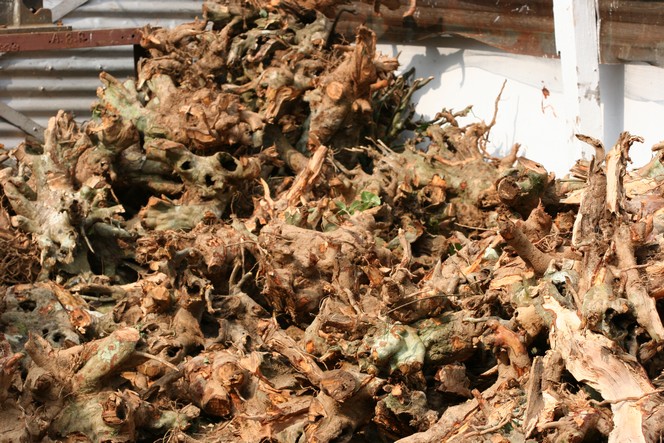Does tea help the kidneys work better? Does it aid weight loss? Fight cancer? Do some teas contain more or less theine? These were some of the questions posed by the audience in the French television programme “Allo Docteurs”, which I appeared on last week. A nutritionist was also in the studio to answer health-related questions.
It’s always good to know that tea is a healthy drink. “A little tea every day keeps the doctor away,” say the Chinese. However, as far as I’m concerned, the most important quality of tea is the gastronomic pleasure we derive from it.
As I don’t have a photo showing the condition of the arteries of a regular tea drinker, I’m instead showing you this hand reaching for a cup, which I think perfectly reflects the pleasure of drinking tea.

